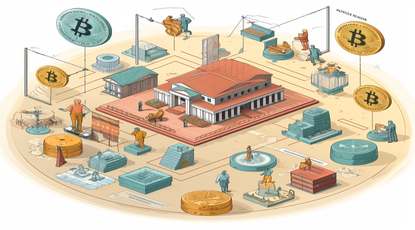Use plenty of oral communication
The psychologist Steven Pinker observed, “As we chat with [our conversation partners], we monitor their eyes, their face, and their posture. If they need clarification, or cannot swallow an assertion, or have something to add, they can break into the conversation or follow up in turn.” In other words, a spoken conversation is organic. We watch in real-time to see how our words are being received: our hands remain constantly on the tiller, ready to make minute adjustments to the rudder to keep the ship’s course true.
When we write, on the other hand, we have no such real-time control – we must simply program a preset course and hope it takes us where we need. For this reason, writing can often be more laborious and communication can be stilted. For example, one colleague might end up composing a long screed about something that their workmate already knows, when a friendly interjection at the start of a conversation could have saved all that effort.
Don’t be afraid to pick up the phone to your remote workers – you’ll find your communication speed goes from 'dialup' to 'broadband' just like *that*.
Choose audio calls over video for day-to-day communication
This talk of oral communication brings me to the trend for Zooming, Skyping, Google Hangout-ing or [insert your video conferencing platform of choice]-ing. Now, if you’re like me, when you’ve started work at 8.30 on a cold winter morning and haven’t yet had your daily cup of coffee, you might not be looking your sharpest. That doesn’t mean you’re not ready to be productive – working from the sofa while wearing a favorite sweater can help many people maximize their productivity and is a principal advantage of remote work. It might, however, mean you’re not so enthusiastic about broadcasting yourself to your boss right now.
Video calls are important sometimes – having that face-to-face interaction from time to time is key to building relationships among colleagues. For a prearranged meeting, videoconferencing is ideal. But for a quick, spontaneous question, ask yourself ‘Do I really need to see what’s going on in my colleague’s kitchen right now?’
When you do use writing, remember issues of tone
Of course, often you really will need to write rather than speak. When you do, always bear in mind the challenges of getting tone across in an email. Almost everything written down can be taken in at least two ways – sometimes a reader may interpret something in a negative or aggressive way that the writer never intended.
That’s why, as written communication has become a much more important part of our lives due to the rise of text messages, email and social media, emojis and gifs have become increasingly popular. They help recreate that friendly smile that was in your head, but which is absent from the screen. You might associate emojis with a texting teenager, but we shouldn’t be afraid to use them at work – when writing replaces speaking, we need ways to recreate the informality of a chat.
When it comes to ambiguous text, furthermore, Matt Mullenweg, creator of Wordpress and advocate of distributed workplaces, advises his employees to remember the acronym API: Assume Positive Intent. It’s a maxim that might save you the stress of an unnecessary confrontation!
Don’t just try to recreate office conditions
Many workplaces think that moving to remote working means recreating a day in the office, just with the inconvenience of everyone being spread out over different places. But don’t get stuck in an old paradigm; a distributed workforce opens up new possibilities. For example, do you really need your employees to all work a traditional 9 to 5? As long as they get the job done, why not let them choose their own hours and fit their work around their life?
As a manager, allowing your employees more autonomy feels like giving up control, which is scary – but it’s actually one of the best ways to maximize their contentment and productivity. Don’t fear not being able to micromanage – embrace the opportunities that working from home creates for an autonomous workplace!







